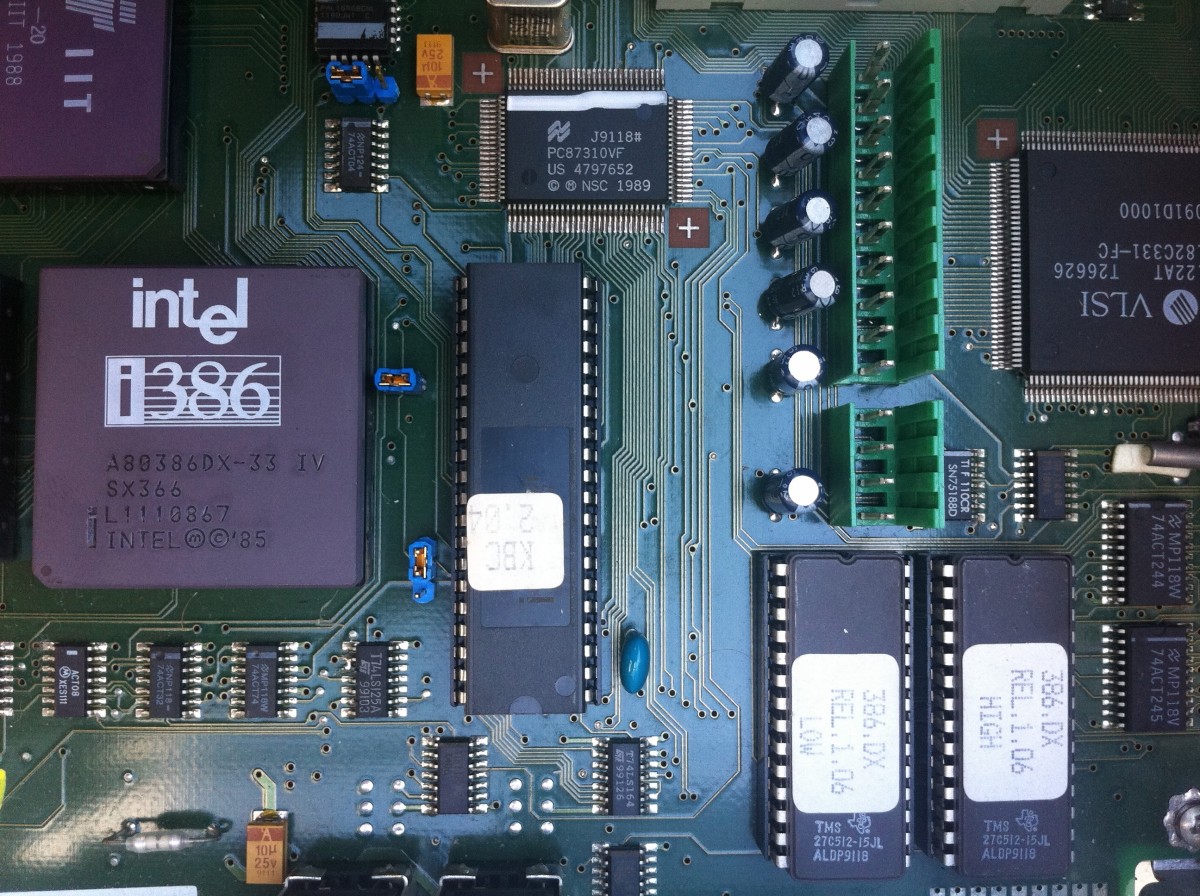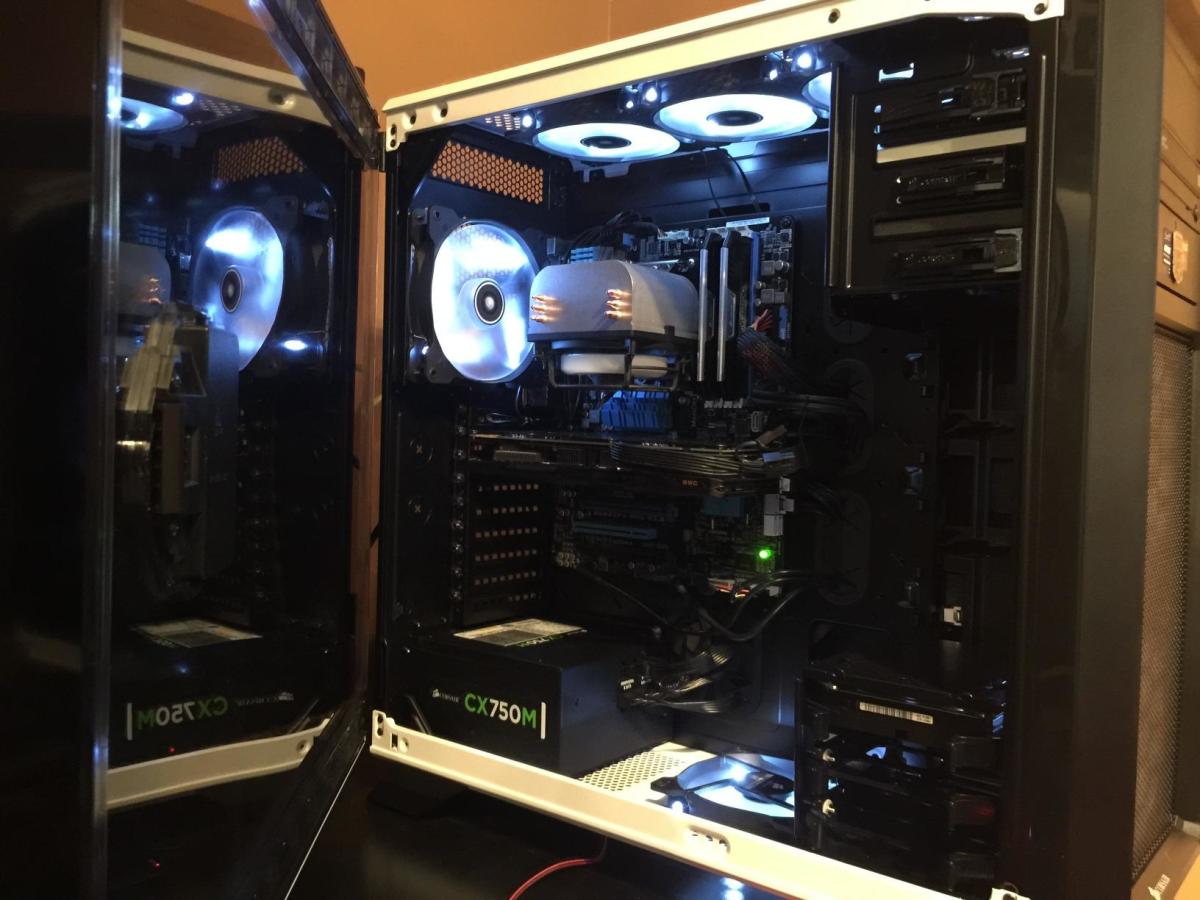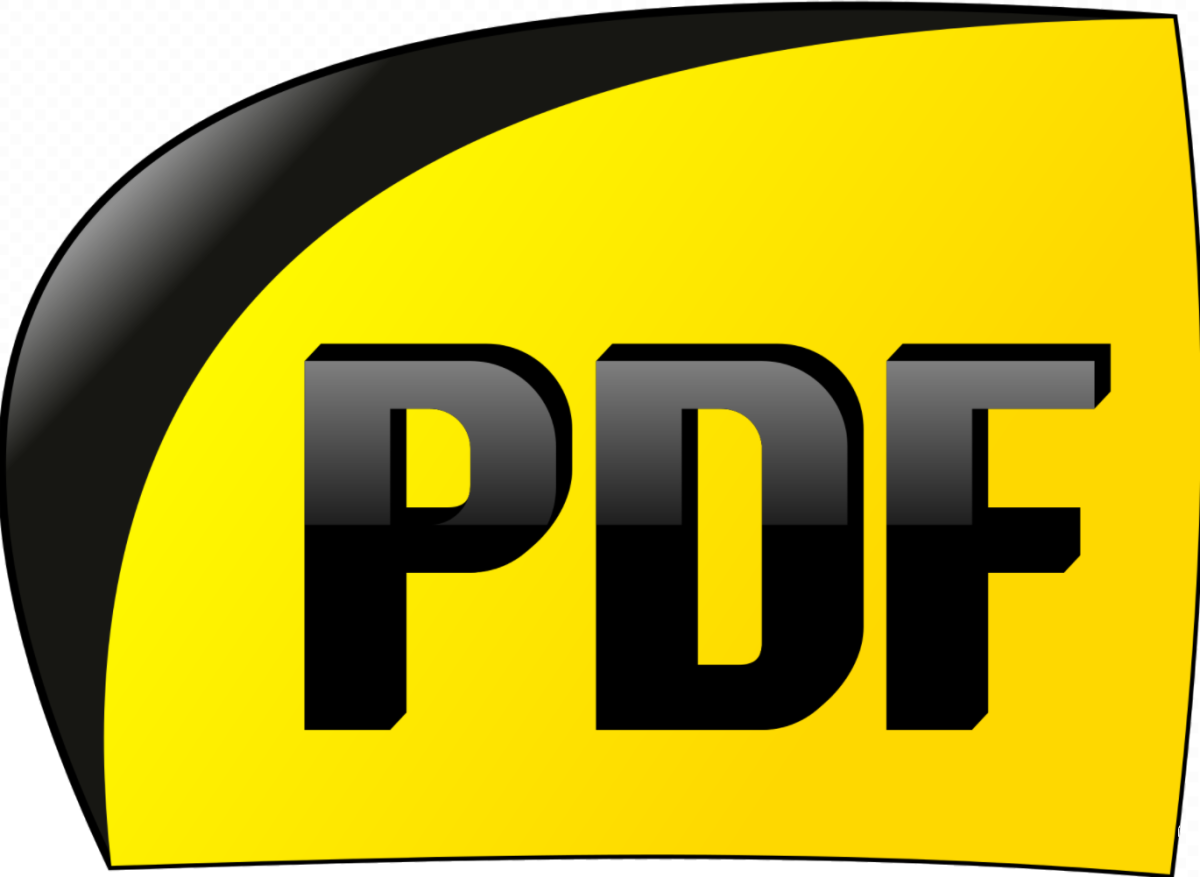- HubPages»
- Technology»
- Computers & Software»
- Computer How-Tos & Tutorials
How to Wire a Computer Case Front Panel USB
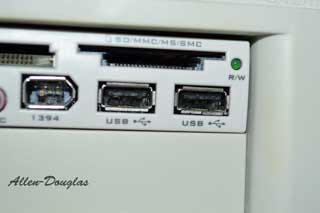
Most computer accessories are now connected to the computer using a USB port. External hard drives, USB video cams, and flash memory drives are just a few of the many USB devices available for a computer. When USB devices first emerged, most computers either had no USB ports or only a few. At this time USB hubs became very popular among computer users to add more USB ports. Over time many of the original USB hubs have became obsolete. The original USB hubs were dubbed version 1.0. Later USB 1.1 was released, making the original hubs old technology. USB 2.0 and 3.0 followed. For those with a newer computer coupled with an older USB hub, the transfer speed of their USB devices is significantly less than the potential.
Many users now are replacing their clunky old USB hubs with a USB front panel connector, built into the computer case. Most computer manufacturers offer USB front panels as an option on new computer, but some charge a high cost for this convenience. There is another option. Wiring a USB front panel to a computer is relatively easy.
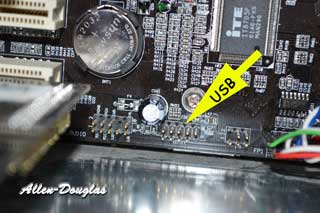
USB Front Panel Wiring Steps
1. Turn off the computer and unplug the power from the wall outlet.
2. Unscrew all of the screws on the back of the computer case using a small Phillips head screwdriver. Screw-less computer cases typically have finger tightened nuts that do not require a screwdriver and a lever to open the case. Open the computer case exposing the motherboard.
3. Locate the pins labeled USB on the motherboard. A majority of computer motherboards manufactured in the last 10 years have USB pins available.
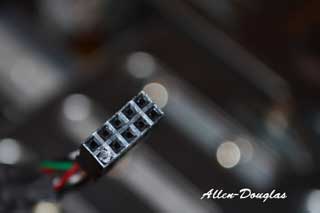
4. USB front panels are made in two varieties including 3.5” and 5.25”. The 3.5” panels fit in one of the internal hard drive bays. The 5.25” panels fit in one of the CD/DVD/BlueRay drive bays. Accordingly, select the bay location where you want to place the USB panel. Remove the plastic or metal insert opening the bay allowing installation of a drive.
5. From the front, pull the USB motherboard cable through the case and make sure they are long enough to reach the USB pins on the motherboard. If the wires are not long enough, find longer wires or use a different drive bay location that is closer to the USB pins.
6. Connect the USB motherboard data cable from the USB front panel connector to the pins on the motherboard. The data cable has 9 pins. There are 2 rows of 5 pins with one pin missing on one row. The missing pin makes it easy to line up the USB data cable correctly.
7. Attach the USB front panel header to the computer case.
8. Attach the computer case and screw in all of the screws or screw-less connectors.
9. Most versions of Windows will load the USB port drivers automatically. Make sure the drivers installed are the fastest version of USB data transfer possible. If the drivers are not installed automatically, use the USB panel drivers from the CD or website of the manufacturer.



